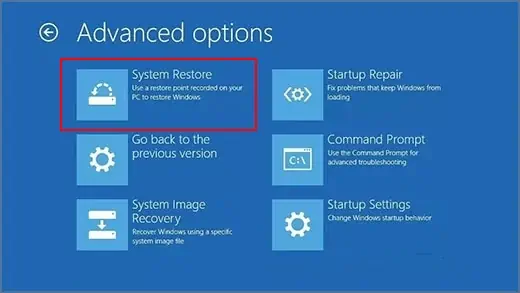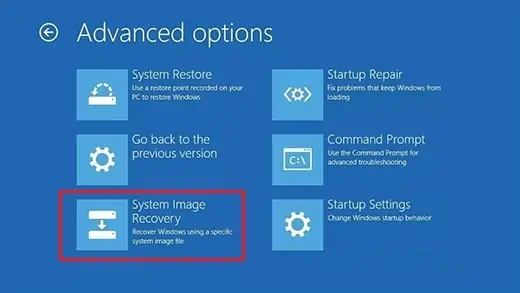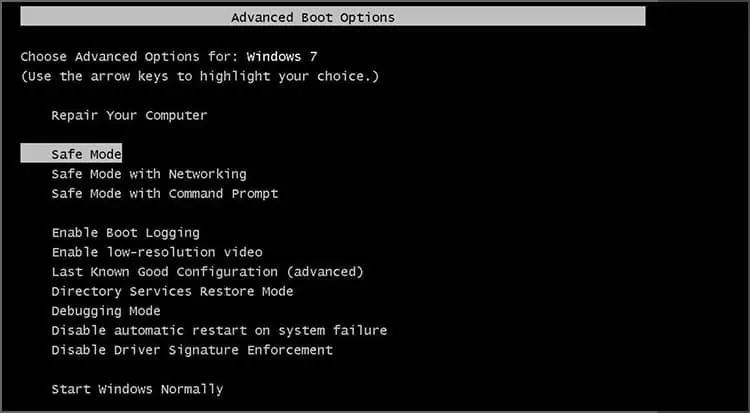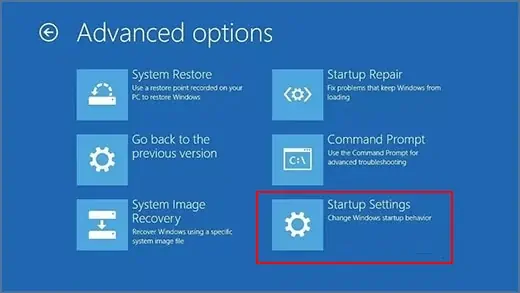‘Preparing Automatic Repair’ loop, preceded by a blue or black error screen, is a common startup error in Windows. This error happens when your PC cannot boot properly due to missing boot files or a corrupt registry.
The usual solution for booting errors is to utilize the Startup Repair tool. But what if the Repair tool itself is the problem? The fastest way to fix this endless repair loop is to troubleshoot for errors in safe mode or use a System Restore Point.
you may find detailed instructions to use System Restore, Safe Mode, and more solutions in our guide below.

What Causes Windows 10 to Be Stuck on Preparing Automatic Repair Loop?
The main reason why most people get stuck in the automatic repair loop is because of corrupt system files. Booting errors like this are mostly caused by missing orfaulty files in the boot sector or registry. Some other common causes include:
How to Fix if Windows 10 Is Stuck on Preparing Automatic Repair Loop?
Use System Image Recovery or Windows Restore
A system restore point saves OS files, Windows registry, settings, drivers, and similar important information as a backup. This doesn’t affect personal files.
If you’ve created a System Restore point before, you may easily break the endless repair loop by reverting your system configuration to a point before the error started. To use system restore,

A system recovery image file is an extensive backup of your hard drive. It’s important to understand that restoring Windows usinga system image will change everything on your hard driveto the way they were when the image was created.
It means both system and personal files (apps, photos, documents, games, anything!) will revert to the backup state. To recover using a system image, here are some steps you may follow.
Safe Mode is an alternate boot mode used to diagnose and fix problems in Windows OS by loading only the core essentials. When your PC powers up, press F8 to access Advanced Boot Options. you may press F4 to boot into Safe Mode, F5 for Safe Mode with Networking, and F6 for Safe Mode with Command Prompt.

The second way to boot into safe mode is through winRE.
Disable Startup Repair using CMD
If you want to manually use Startup Repair, it’s best to use a different PC to create a bootable USB drive if possible. Plugin the device and navigate toTroubleshoot > Advanced Options > Startup Repairin winRE.




